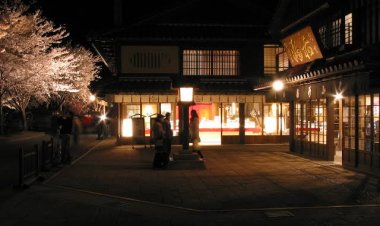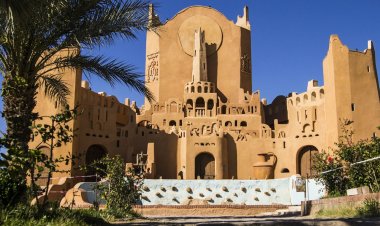Details of Kenya's Infamous Torture Chambers Inside Nyayo House
The Nyayo House Torture Chambers were notorious for the brutality of their methods, which included beatings, electric shocks, rape, and other forms of physical and psychological abuse.
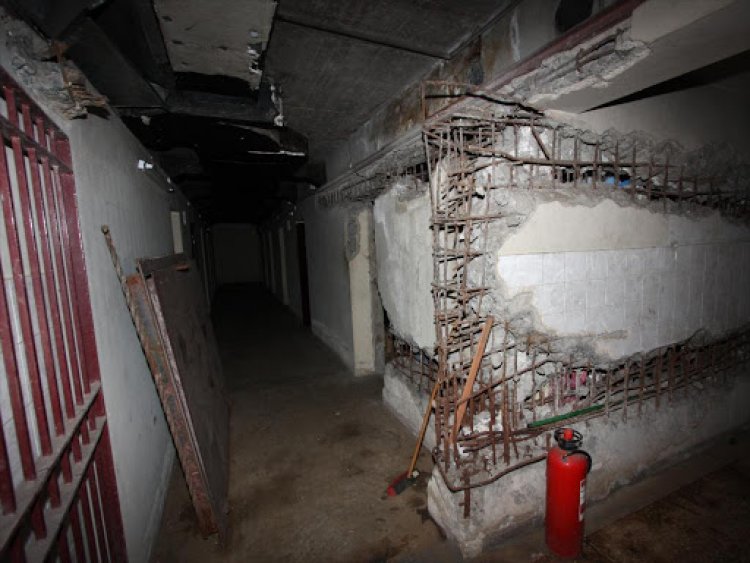
The Nyayo House Torture Chambers, also known as the Nyayo House Slaughterhouse, was a network of detention facilities used by the Kenyan government during the 1980s and 1990s to torture and interrogate political dissidents, human rights activists, and other perceived enemies of the state. The facilities were located in the basement of Nyayo House, a government building in the capital city of Nairobi.
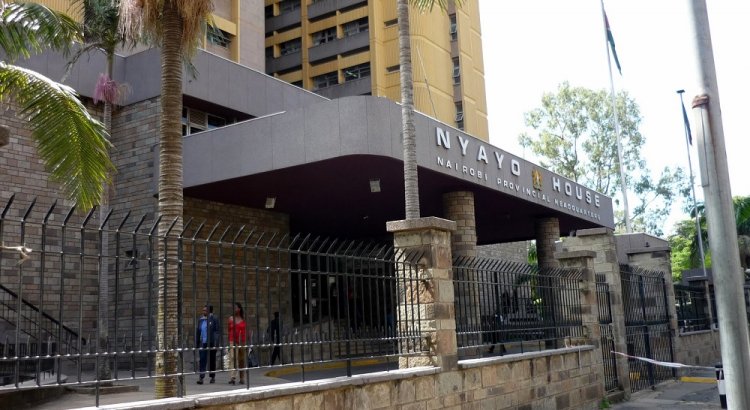 [Image of the exterior of Nyayo House where the torture chambers are located. Photo/Courtesy]
[Image of the exterior of Nyayo House where the torture chambers are located. Photo/Courtesy]
The use of torture and extrajudicial detention was a common practice in Kenya during this period, as the government of President Daniel Arap Moi sought to suppress any opposition to its rule. The Nyayo House Torture Chambers were notorious for the brutality of their methods, which included beatings, electric shocks, rape, and other forms of physical and psychological abuse.
Among the many victims of the Nyayo House Torture Chambers were some of Kenya's most prominent political leaders and human rights activists. One of the most well-known detainees was Raila Odinga, a former Prime Minister of Kenya and leader of the opposition party, who was arrested in 1982 and held at Nyayo House for several months. Odinga later described the experience as "hell on earth," and has been a vocal critic of the Kenyan government's human rights record ever since.
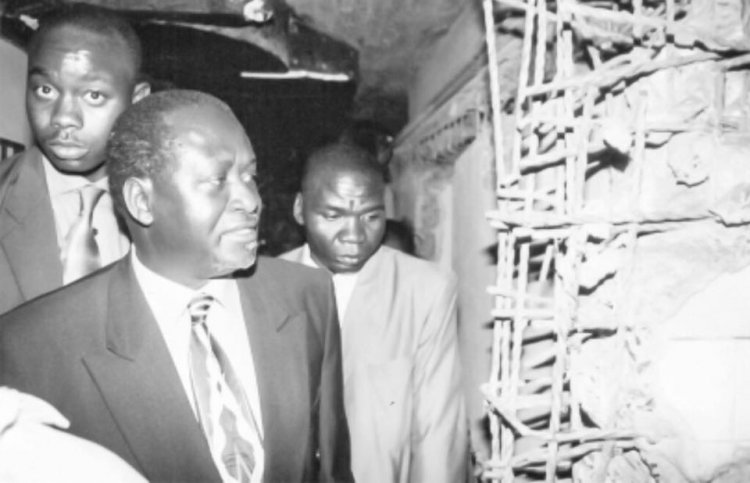
[Azimio Leader Raila Odinga inside the torture chambers where he was detained. Photo/Courtesy]
Other notable figures who were detained at Nyayo House include Koigi wa Wamwere, a human rights activist and former member of Parliament who was held for several years without trial; Gitobu Imanyara, a lawyer and human rights activist who was beaten and tortured during his detention; and Wangari Maathai, a Nobel Peace Prize laureate, and environmental activist who was arrested and held at Nyayo House for several days in 1992.
Despite the widespread use of torture and extrajudicial detention during this period, few of the perpetrators have ever been held accountable for their actions. In 2004, the Kenyan government established a Truth, Justice, and Reconciliation Commission to investigate past human rights abuses, including those committed at Nyayo House. However, the commission's findings were never fully implemented, and many of the victims of the Nyayo House Torture Chambers are still waiting for justice.
In recent years, there has been growing awareness and condemnation of the use of torture and extrajudicial detention in Kenya and a renewed push for accountability and justice for the victims. However, the legacy of the Nyayo House Torture Chambers and the broader human rights abuses of this period continues to cast a long shadow over Kenya's political and social landscape.
If you have a real estate press release or any other information that you would like featured on African Real Estate Blog Post do reach out to us via email at [email protected]













